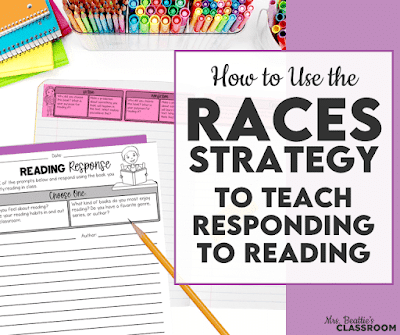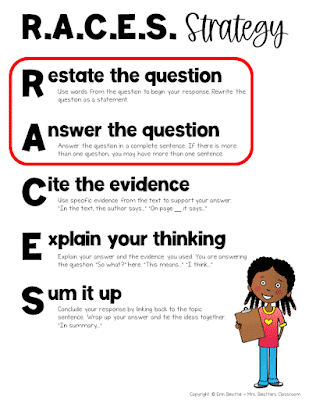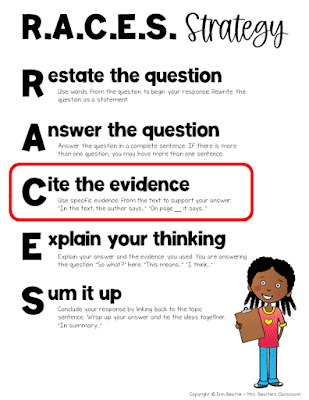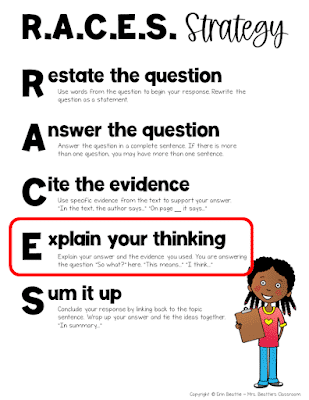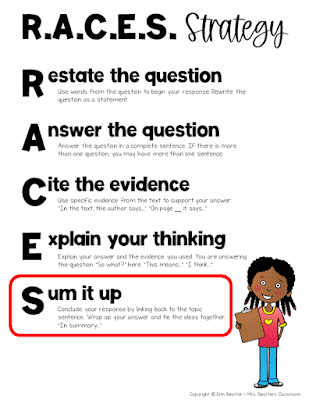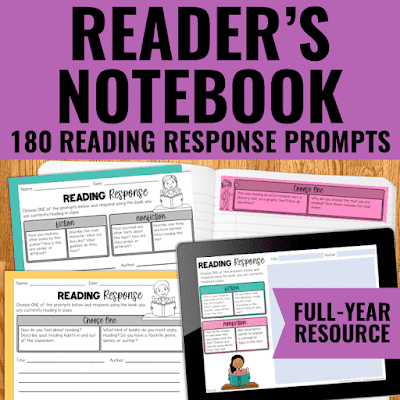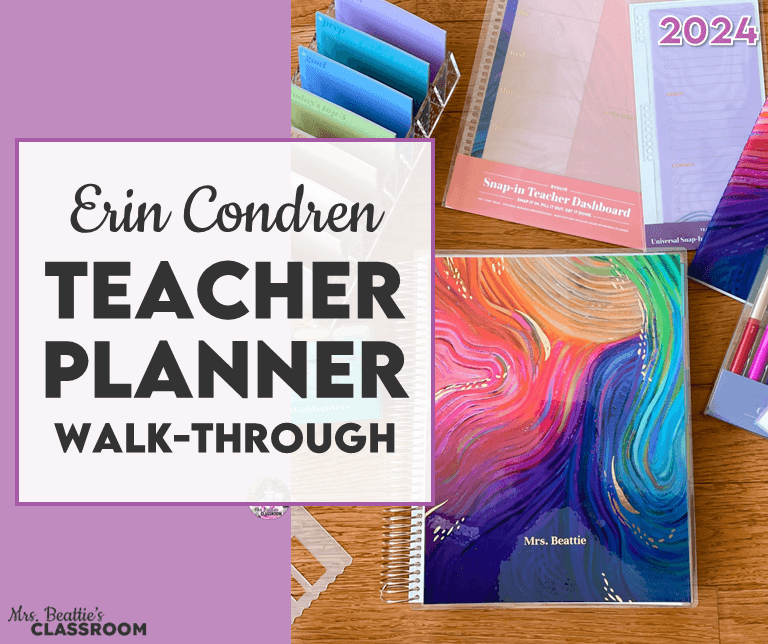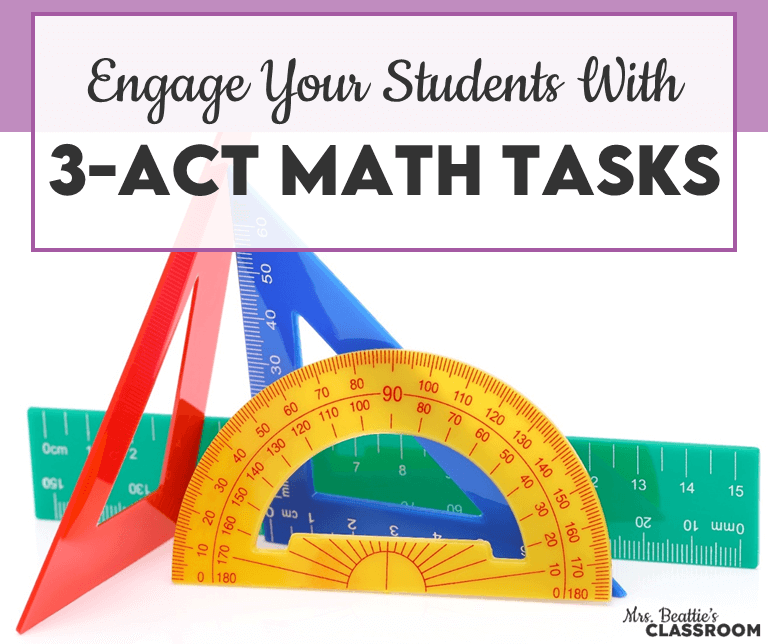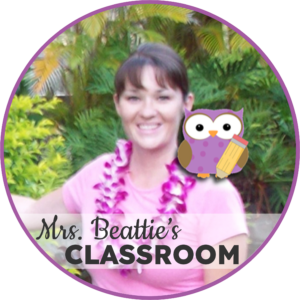What does RACES stand for?
Restate
Answer
Cite
Explain
Sum it up
How to introduce and implement RACES
Let’s take a closer look at each of the parts:
Restate and Answer the Question
For me, the first two parts of the RACES strategy work hand in hand. Students should use words from the question in a statement form that answers the question.
For example, if the question asked, “Who is your favorite character in the book you are reading?” the students should begin their response using something like this:
The student used words from the question (Restate) and gave their answer.
Cite the Evidence
The next part of the strategy requires students to cite the evidence that supports their answers.
In the case of the example above, students will need to find a place in the text that proves that Zero is brave. They may write something like:

Depending on the standards or expectations in your curriculum, you may expect your students to either paraphrase the text or use direct quotes here.
Explain Your Thinking
In this part of the process, students explain the evidence they just cited.
This is the perfect place for students to answer the question So what? and say why the evidence matters. I also tell my students that this is a great place to include their opinions and feelings about the content by making personal connections to the story or text.
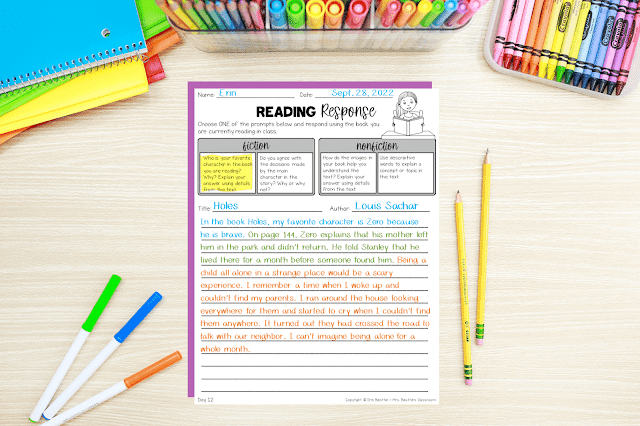
The student has explained a personal connection directly related to the character’s bravery mentioned in their answer.
Sum It Up
In this optional part of the RACES strategy, I teach my students to return to their topic sentences and use different words to say the same thing.
For the response above, the student might write:

Model responding to reading, then practice, practice, practice!
I use every opportunity to help my students practice this strategy. We spend time orally answering questions by restating them and giving answers. We also guess what a question might have been by reading the topic sentence of a reading response sample.
I spent many lessons walking students through modeled reading responses based on our class read-aloud. We look (anonymously) at student work samples and identify the parts of the RACES strategy in their responses. We also build a Bump It Up Wall to explicitly display the qualities of a good response and show examples of improving student work.
Having this RACES strategy established as regular practice from the beginning of the school year puts students in an excellent position to respond to reading questions on state or provincial assessments in the spring.
If you’d like a copy of the RACES strategy poster I used in this post, it is part of my full-year Reader’s Notebook and Reading Response resource.
The poster is also part of a free one-week sample of this resource, which you can grab here:
If you’ve enjoyed this post, please share it with friends and colleagues on Facebook or pin it on Pinterest:


